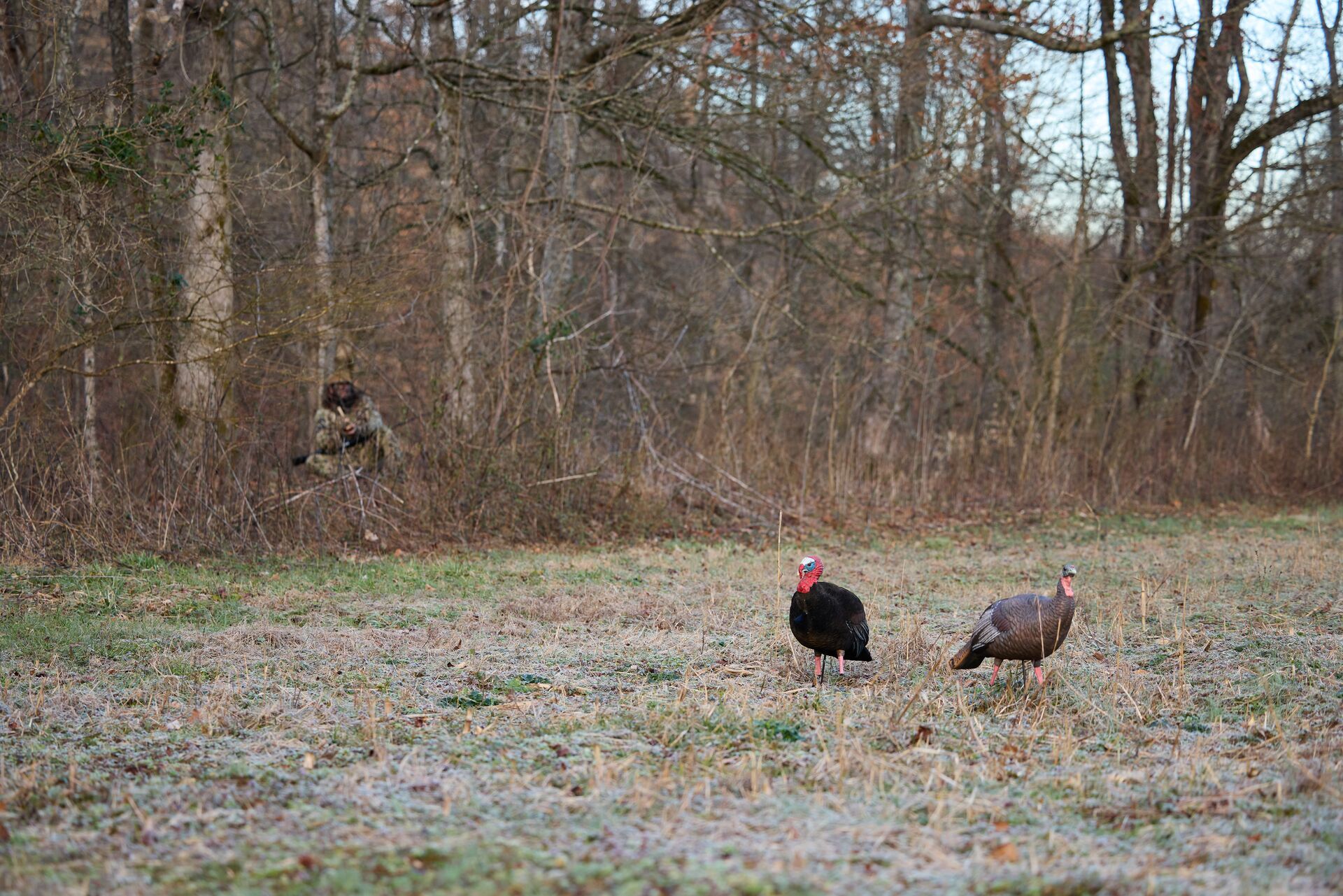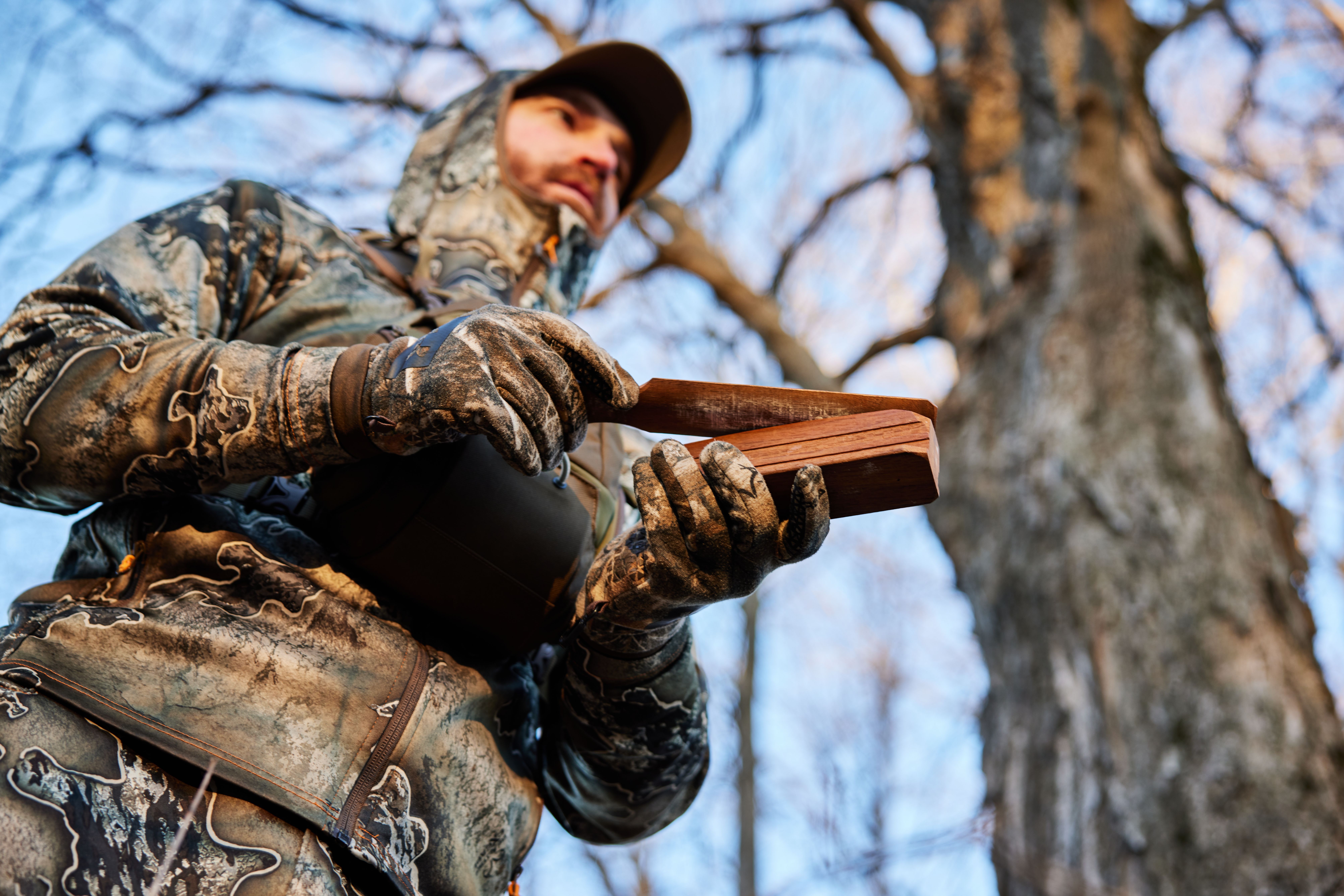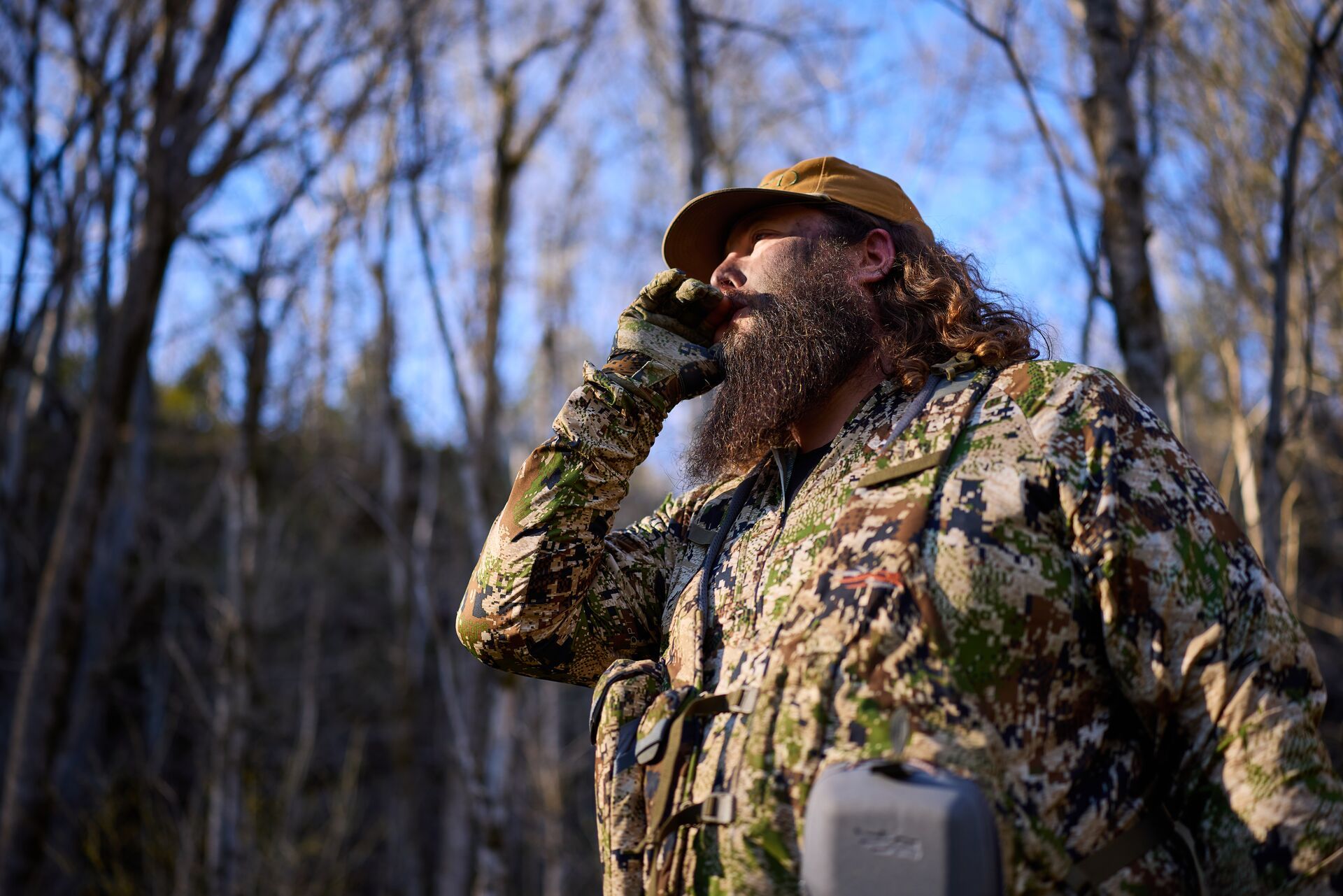Field Guide / Turkey
4 Types Of Weather You Shouldn't Avoid During Turkey Season
At HuntWise, we genuinely believe the best time to be in the field is when the season is open. Granted, it is essential to consider potentially dangerous weather conditions and how that could impact your safety and success when hunting. However, we firmly believe that all types of weather hold something special for us as hunters.
Previous in Turkey
More Content Like This

The 11 Best Early Season Turkey Hunting Tips for Spring
With spring approaching across the country, it is time to start shifting gears and our brains away from the end of deer season to the next major hunting season: Spring turkeys! Read More
Read More
When Is Michigan Turkey Season?
Blue skies, budding greens, and early morning mist can only mean one thing in Michigan: Spring has arrived. Read More
Read More
Turkey Calling Tips and Tricks for Spring Hunts
Turkey hunting may very well be one of the most complex things a hunter can master. There are so many things that you, as a hunter, must try to do to get birds into range, and close range at that! Read More
Read More Turkey
TurkeyThe 11 Best Early Season Turkey Hunting Tips for Spring
With spring approaching across the country, it is time to start shifting gears and our brains away from the end of deer season to the next major hunting season: Spring turkeys! Read More
Read More Turkey
TurkeyWhen Is Michigan Turkey Season?
Blue skies, budding greens, and early morning mist can only mean one thing in Michigan: Spring has arrived. Read More
Read More Turkey
TurkeyTurkey Calling Tips and Tricks for Spring Hunts
Turkey hunting may very well be one of the most complex things a hunter can master. There are so many things that you, as a hunter, must try to do to get birds into range, and close range at that! Read More
Read More
1 of 3